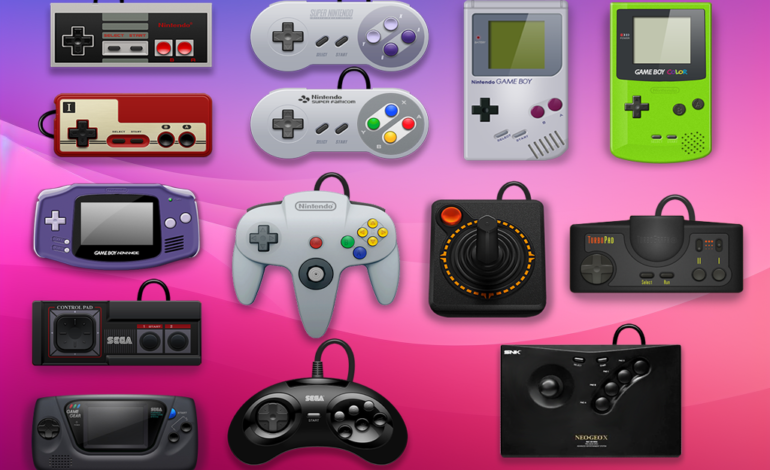
From joysticks to haptics, explore the evolution of gaming controllers
Gaming has come a long way since its inception, and one of the most significant aspects of this evolution has been the development of gaming controllers. These devices have not only shaped how we interact with virtual worlds but have also pushed the boundaries of technology and innovation. From the humble beginnings of simple joysticks to the cutting-edge haptic feedback controllers of today, this article delves into the rich history and exciting evolution of gaming controllers.
The History of Gaming Controllers
Gaming Controllers: The Early Days
The gaming controller journey began in the early 1950s when computers and video games were in their infancy. At that time, controllers were rudimentary, with the most basic being the joystick. Joysticks were initially used in aviation simulations but soon found their way into the early arcade games. These early controllers featured a single stick that players could move in various directions to control their in-game avatars.
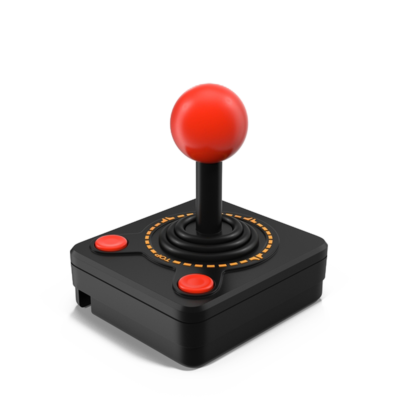
As the years passed, gaming consoles such as the Magnavox Odyssey and the Atari 2600 introduced paddles and dials to control on-screen actions. These controllers offered a more versatile and intuitive experience for players, but they were still a far cry from what we see in modern gaming.
The Joypad Revolution: The NES and Beyond
The turning point in gaming controller history came with the release of the Nintendo Entertainment System (NES) in the mid-1980s. The NES controller introduced the now-iconic rectangular design with a D-pad, start/select buttons, and A and B buttons. This revolutionary design set the standard for future controllers and is still used as a foundation for many controllers today.
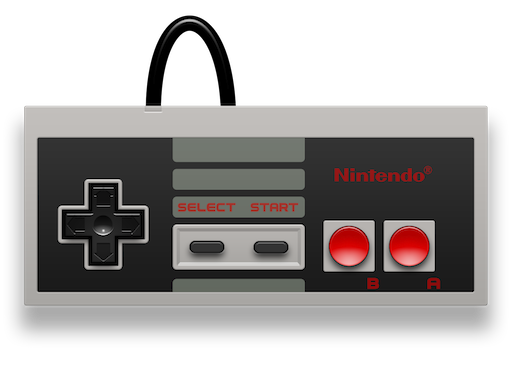
Subsequent generations of consoles, such as the Super Nintendo and Sega Genesis, built upon this foundation, introducing more buttons, ergonomic designs, and shoulder triggers. The early 3D gaming era saw the emergence of analog sticks, adding a new dimension to gaming precision.
The Modern Era: DualShock, Xbox, and Beyond
The late ’90s and early 2000s brought forth some of the most influential controllers in the history of gaming. Sony’s DualShock controller for the PlayStation introduced the concept of haptic feedback and rumble technology. This innovation allowed players to feel in-game actions, such as explosions or crashes, enhancing immersion.
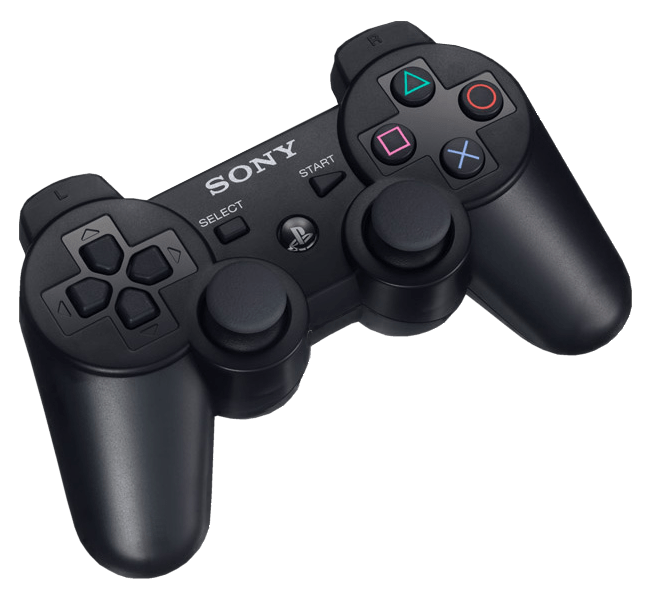
Microsoft’s Xbox controller, released in 2001, offered a bulkier, more ergonomic design with responsive triggers, which was highly praised by gamers. It set the stage for the Xbox 360 and Xbox One controllers, which continued to refine and improve the overall gaming experience.
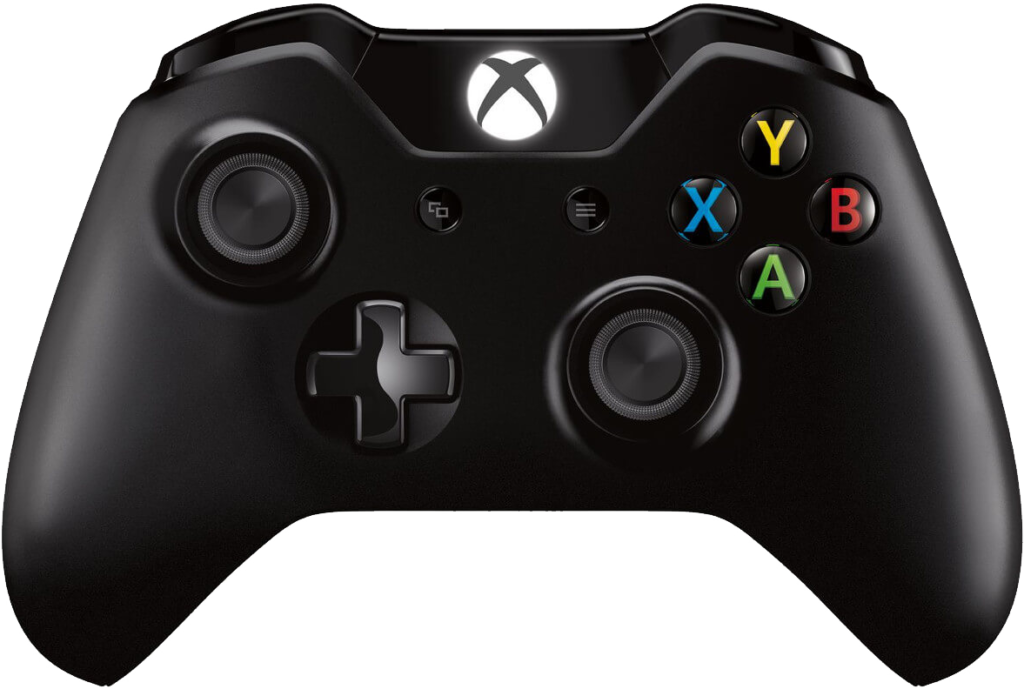
The introduction of motion control with the Nintendo Wii controller and the rise of touchscreens in mobile gaming added even more variety to the gaming controller landscape.
The Future is Haptic: The Rise of Advanced Feedback
Today, gaming controllers have reached a level of sophistication that early gamers could only dream of. The advent of haptic feedback has opened up new possibilities for immersion and tactile experiences in gaming. Haptic feedback controllers use advanced technology to provide players with physical sensations that correspond to in-game events. For example, a controller might simulate the sensation of raindrops or the recoil of a firearm, adding an entirely new layer of realism to the gaming experience.
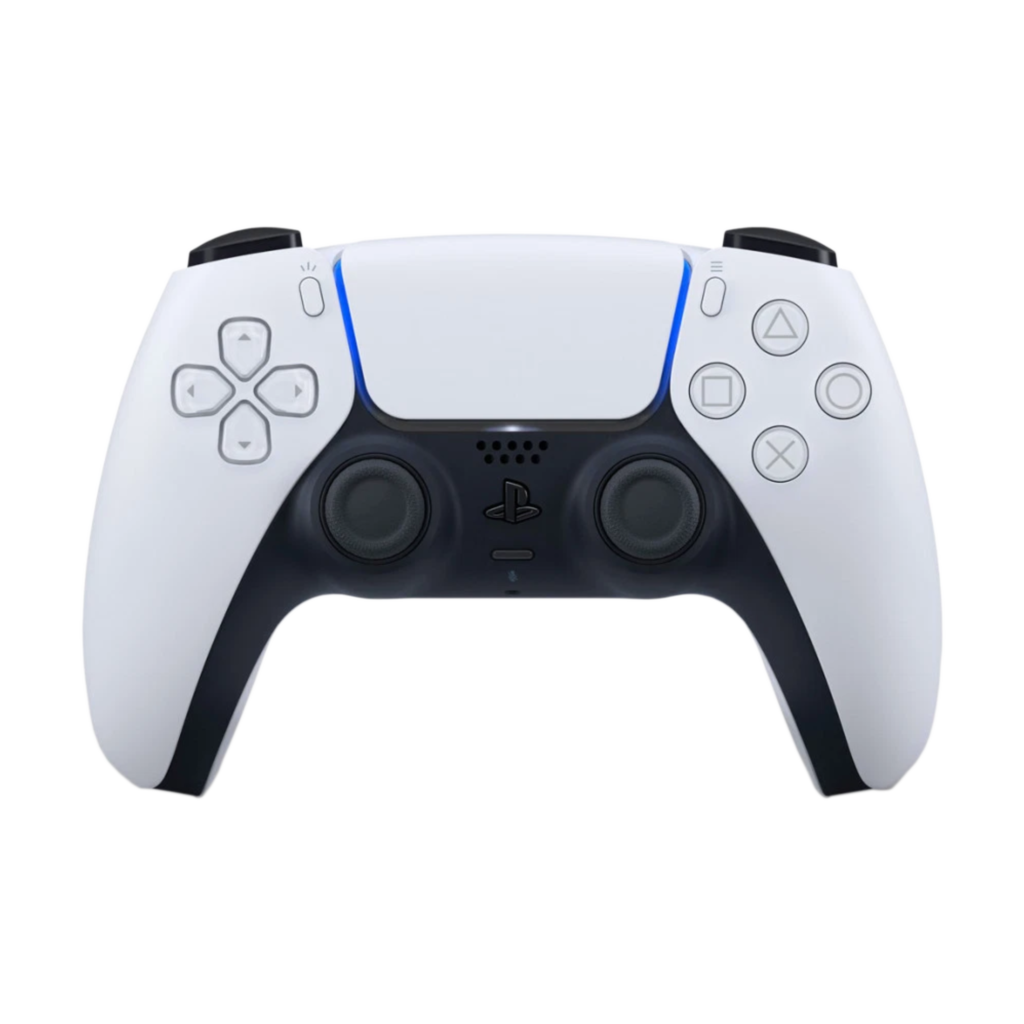
With innovations like the PlayStation 5’s DualSense controller, which features adaptive triggers and haptic feedback, and the haptic gloves used in virtual reality (VR) gaming, we are on the cusp of a new era in controller technology. These advancements not only offer more immersive gaming but also have potential applications in various industries, including healthcare and education.
Conclusion
The history and evolution of gaming controllers is a testament to human creativity and technological progress. From the simplicity of joysticks and paddles to the haptic feedback controllers of today, gaming controllers have continually adapted and improved to enhance our gaming experiences. As technology continues to advance, we can only imagine what the future holds for gaming controllers, but one thing is certain: they will continue to play a pivotal role in the ever-expanding world of interactive entertainment.

















